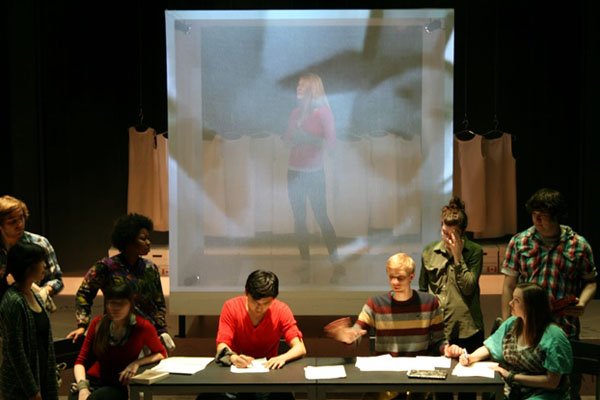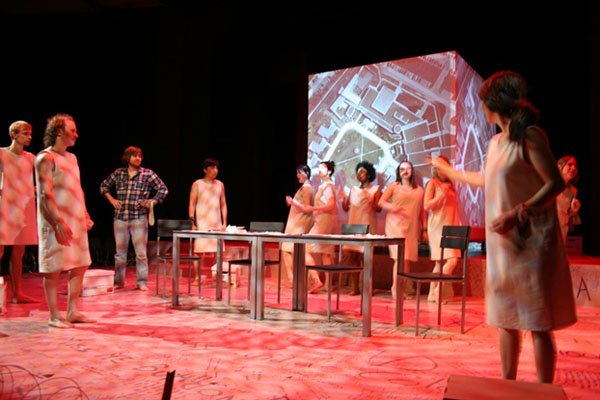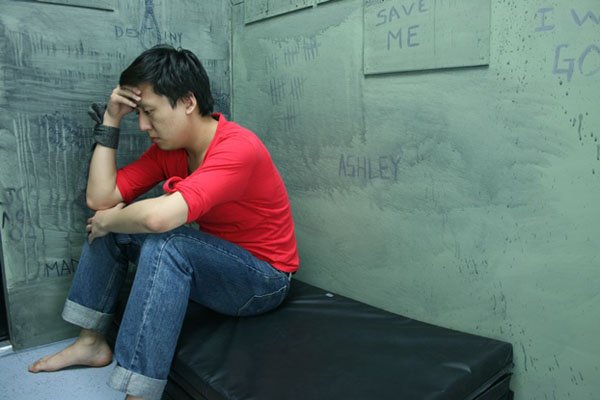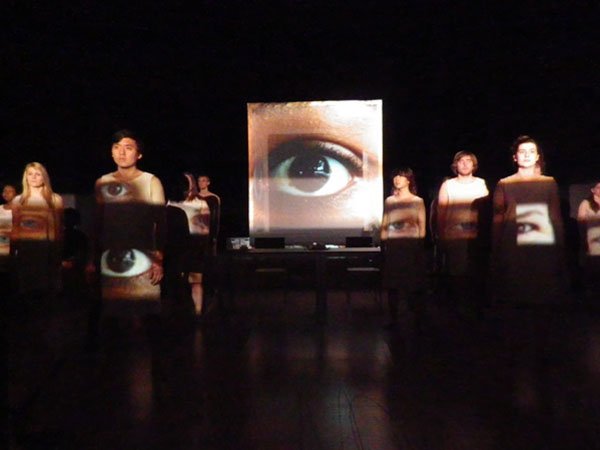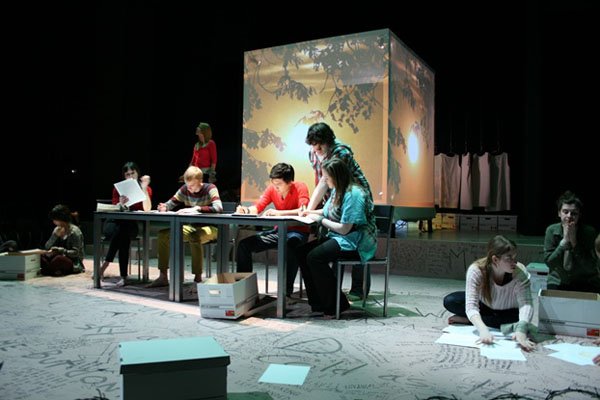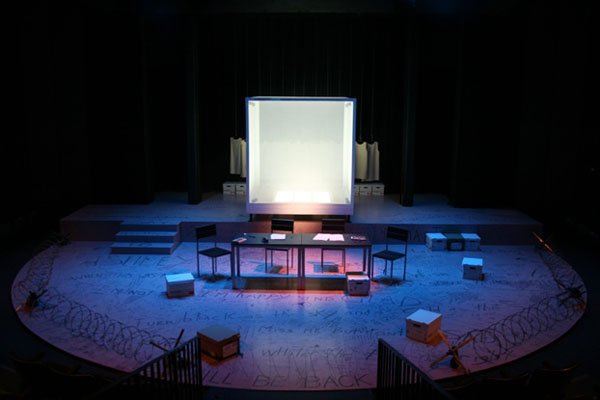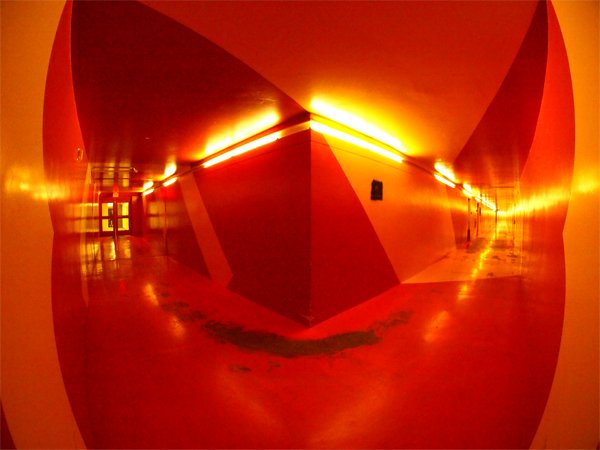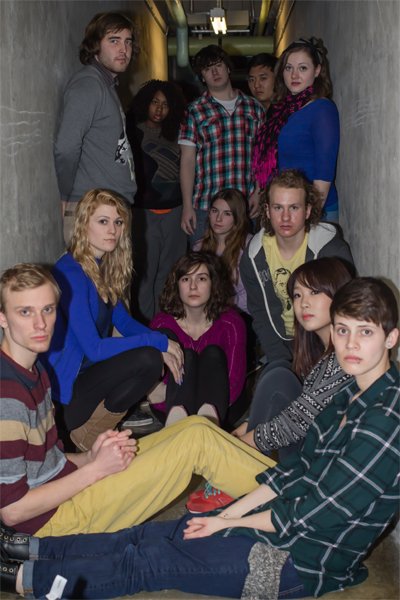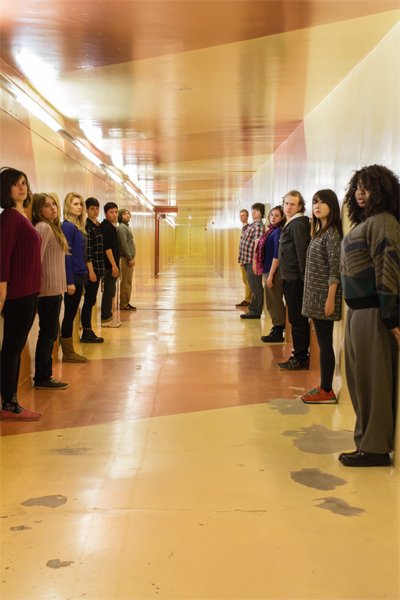FROM SOLITARY 2
SOLIDARITY
ABOUT THE PROJECT
Unravelling the Ligatures of Ashley Smith
Of Wounds, Witnesses, and a Way Forward
This project began for me when I saw CBC’s Fifth Estate investigation into the case of Ashley Smith by journalist Hana Gartner. The documentary included video segments of Ashley’s death, which Gartner had fought Canada Corrections to release. It was painful viewing, especially because I am a father and a teacher of teenagers. The documentary revealed a traumatic wound, and now, nearly four years since, we are only just beginning to appreciate the full reach of the mental illness and the systemic mismanagement and misunderstanding that brought about such a wound.
“Often, at the origin of a creative path, there is a wound.”
Watch Student
Interviews
In the past few years I have asked students in a couple of my courses to watch the Gartner investigation and consider how it impacted them. It was difficult for them too. “If all [artistic] form is a face looking at us,” to quote Nicolas Bourriaud, we wondered how the face of mental illness might be developed into a dialogue and a performance. The auto-ethnographic method we have used presents self-narrative, or an autobiographical voice, within a particular cultural and political context. In my work with students on this project, the institutional comparisons, between a university and a prison, were inevitable. Auto-ethnography has been described as a way of presenting a story through reflections and refractions of multiple selves in contexts that transform the authorial ‘I’ to an existential ‘we’. This approach seemed an effective way of examining how our multiple layers of experiencing mental health, and through the context of Ashley’s story, might connect us all.
Empathy is obviously important in this project, but it is not simple, nor passive. In this performance, empathy reflects a type of testimonial ‘reading’ of Ashley’s story, where instead of a consumptive focus being placed on her, we, as witnesses of her story accept a commitment to rethink assumptions about her, about mental illness, and about our prison system. In so doing, I hope we all are challenged and perhaps changed through the process of experiencing this performance.
The way we view things in the world is complicated, and is also a concern for us in this performance. Technology makes viewing the lives of others a ubiquitous activity in our contemporary world, and the very proliferation of this viewing suggests to me that we are experiencing an ever-growing crisis about the truth of what we see. Perhaps our approach here may address the need to question this act of viewing, and to appreciate that now more than ever viewers are witnesses and therefore co-creators of ‘truth’.
With the role of witnessing comes the burden of responsibility. We hope you may join us to continue the conversation in our Q and A after each performance and at our symposium, Small Acts of Repair Toward Mental Health on Friday, March 21 at 4pm in Hagey Hall, room 1104. Collaboration happens across differences, it takes time and patience, it demands solidarity, which means a shared risk in addressing problems that can’t be solved solo. In my mind, this is precisely the way we may move forward in our pursuit of a better way to nurture mental health.

